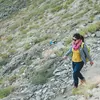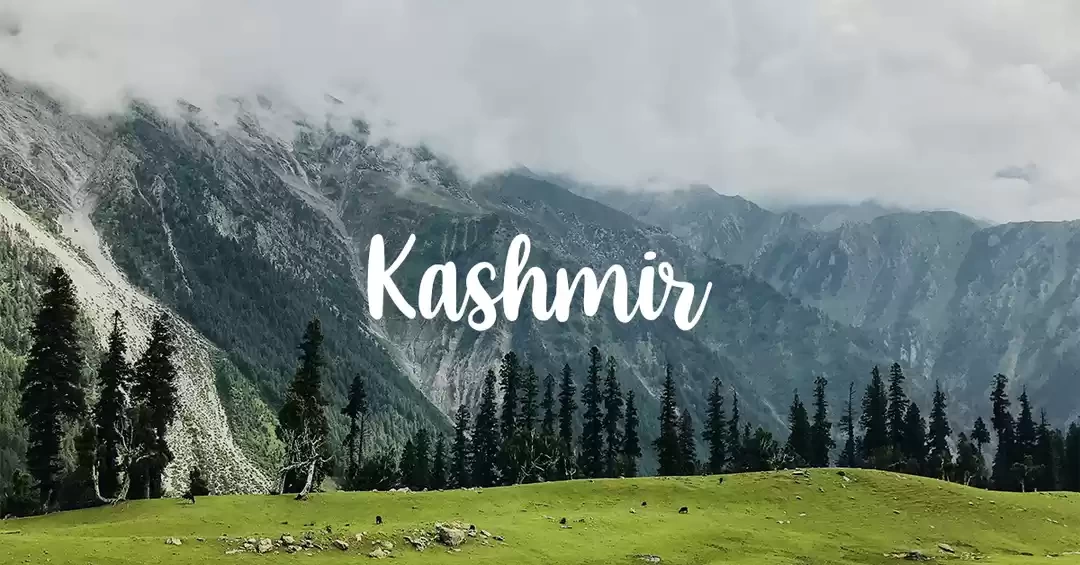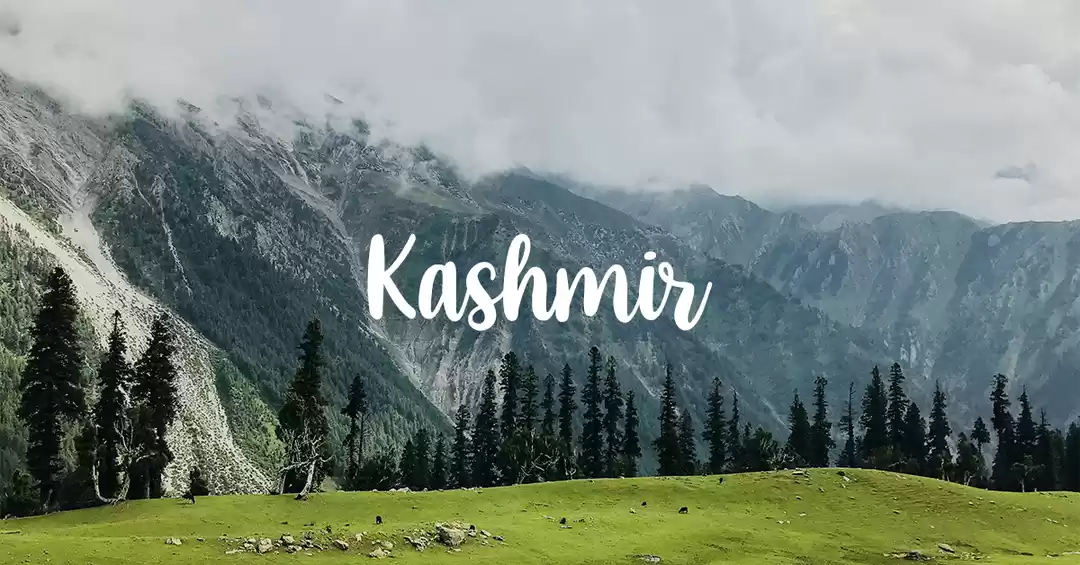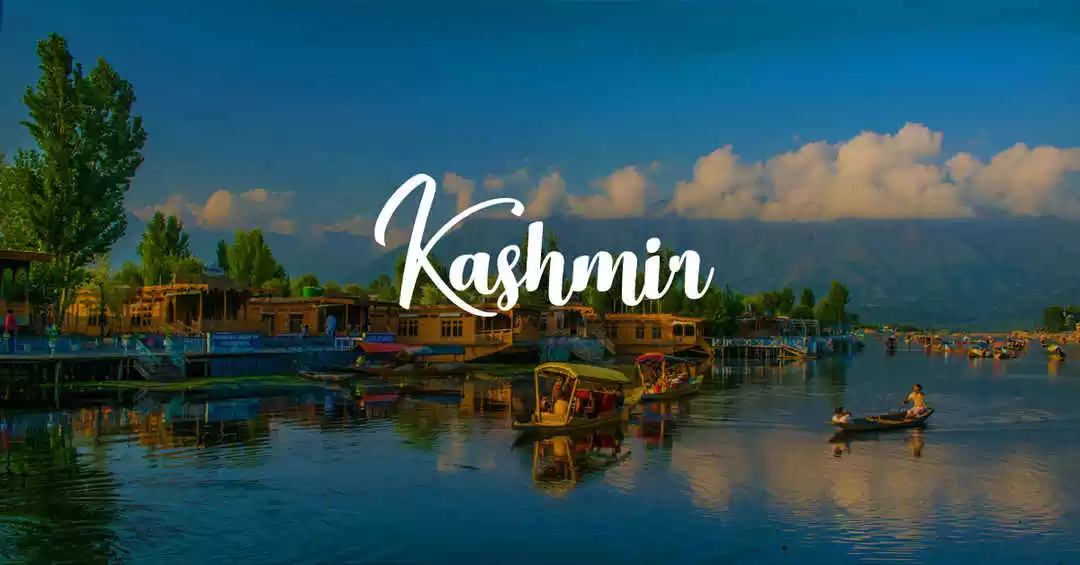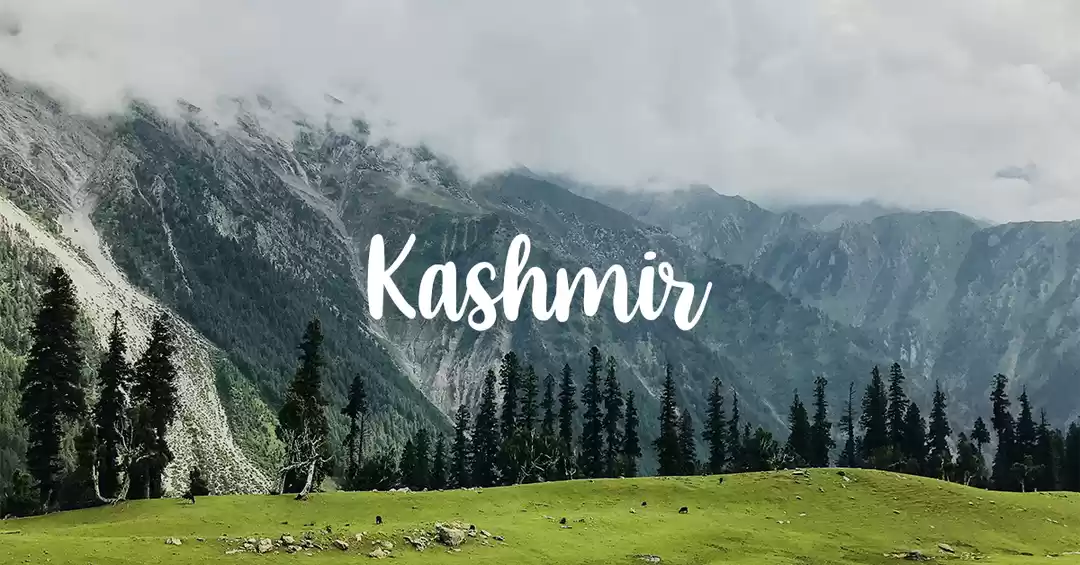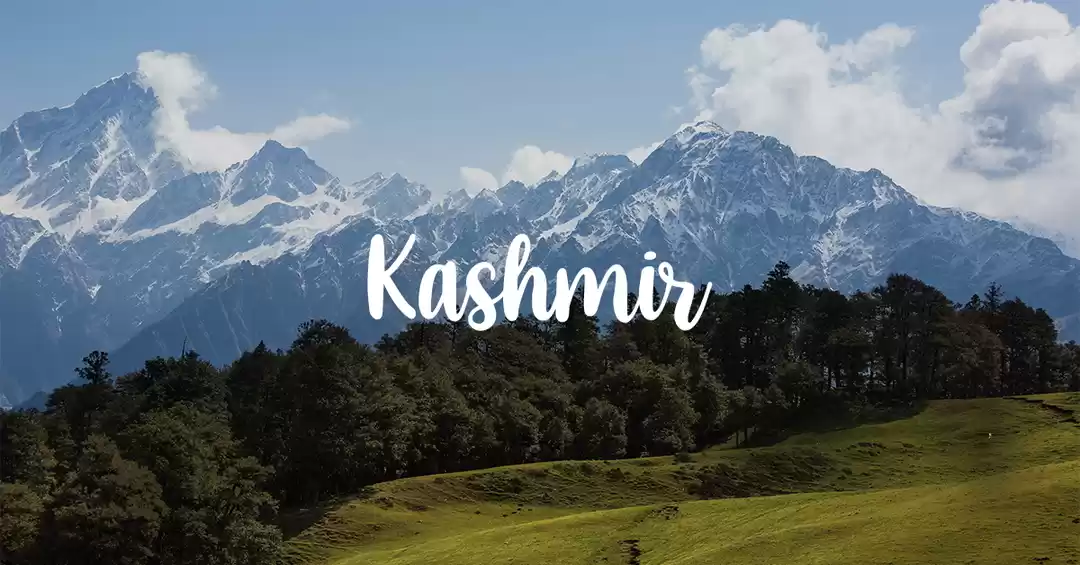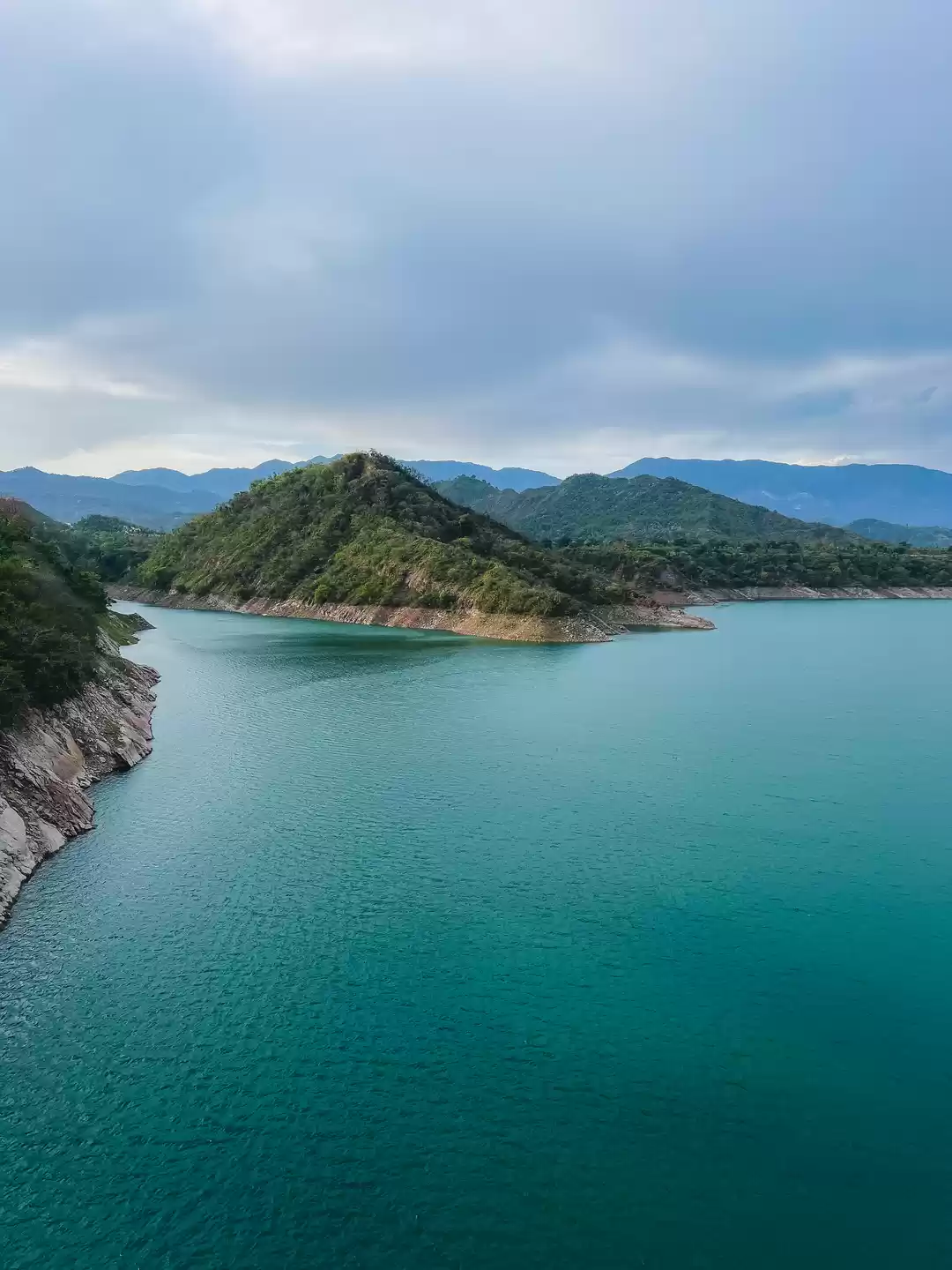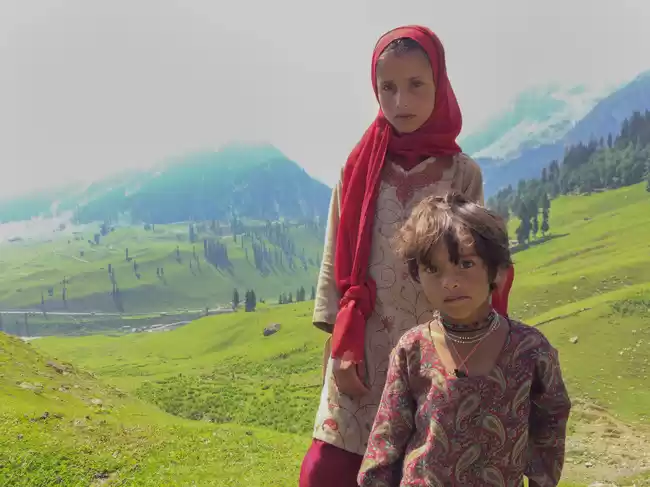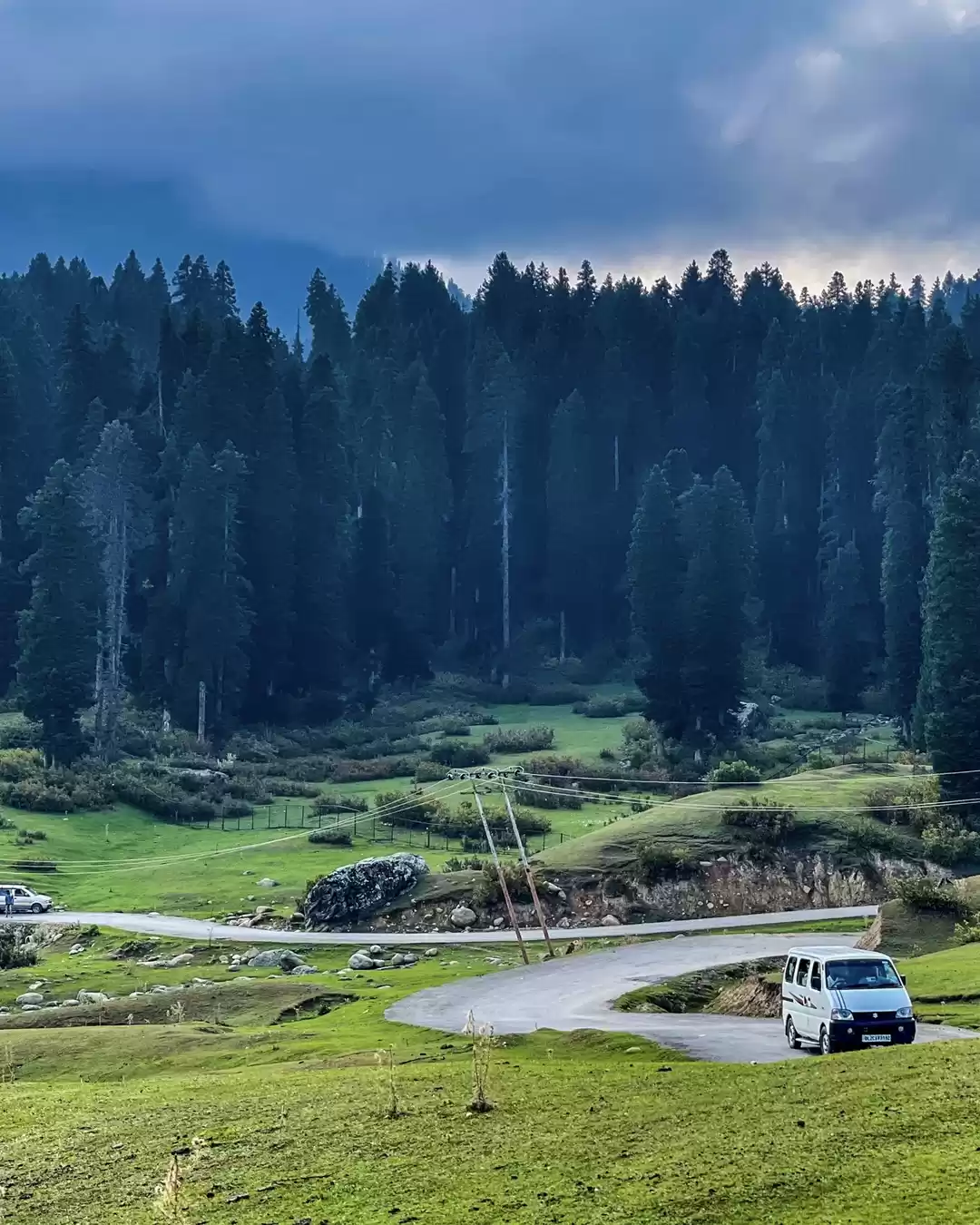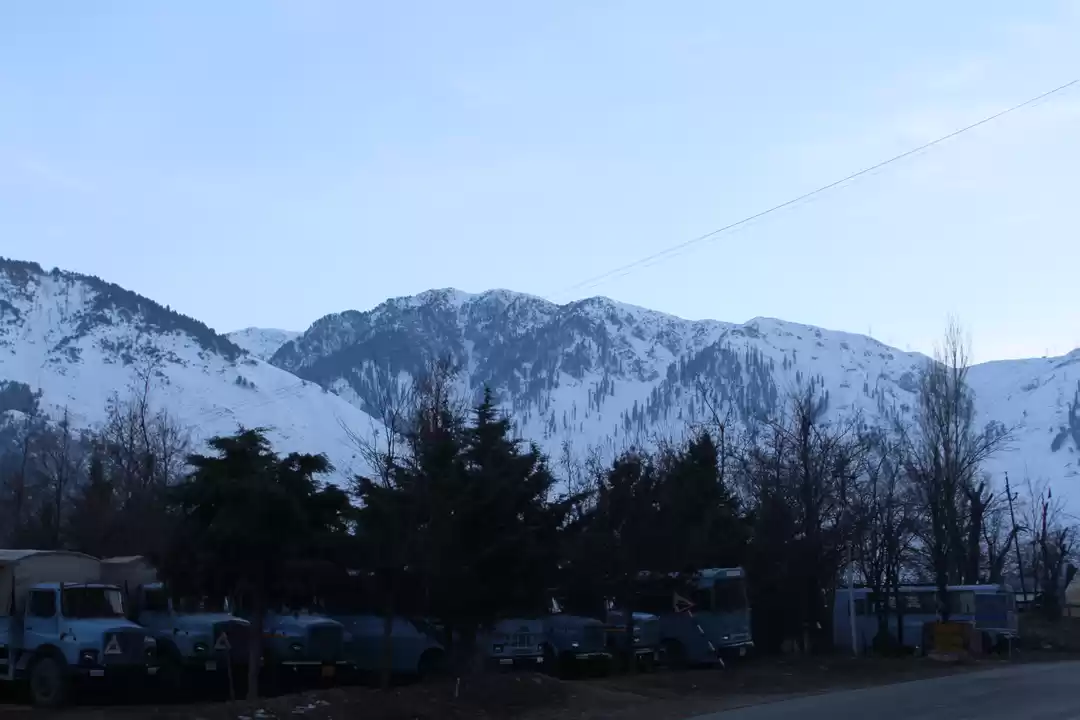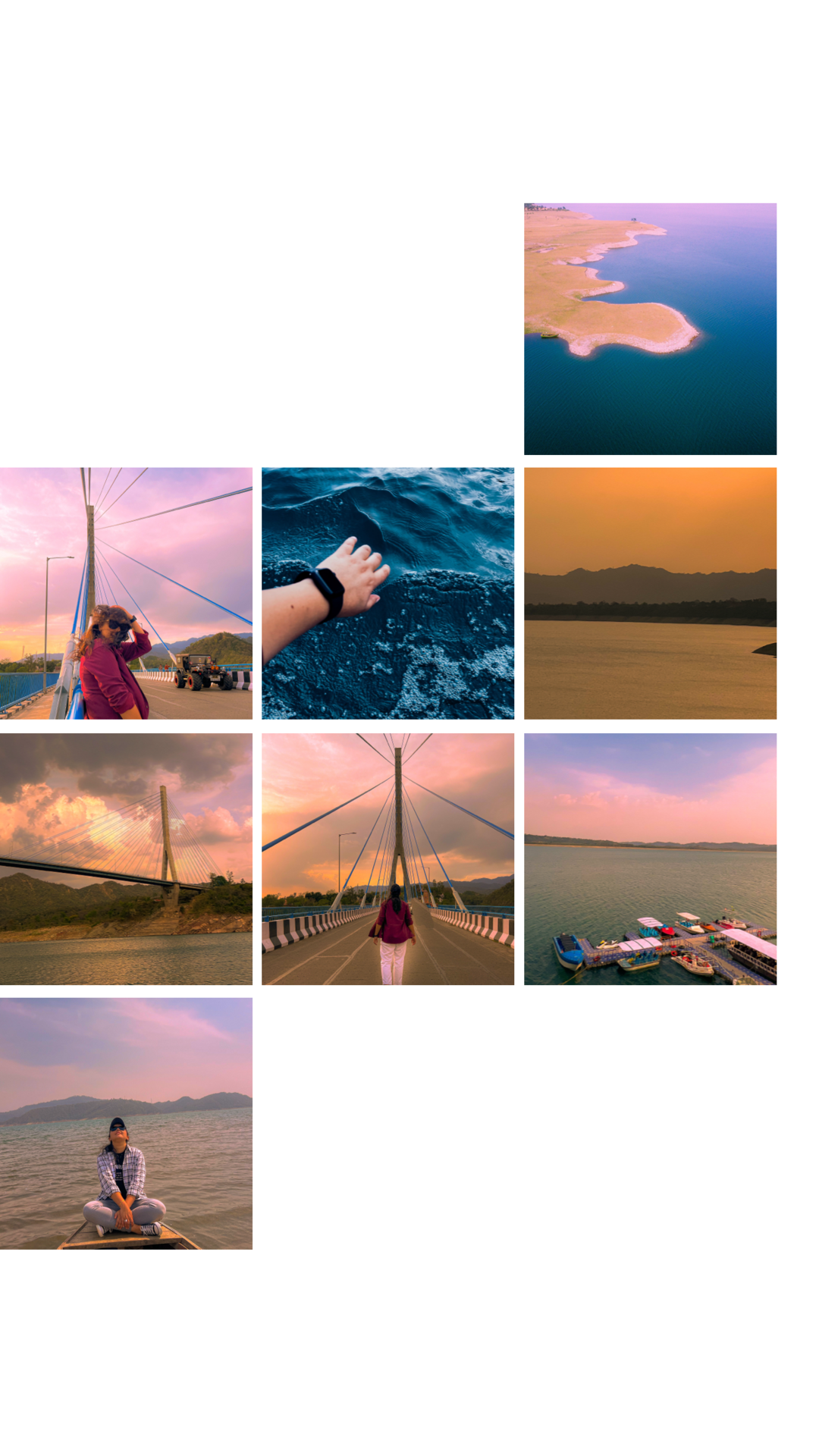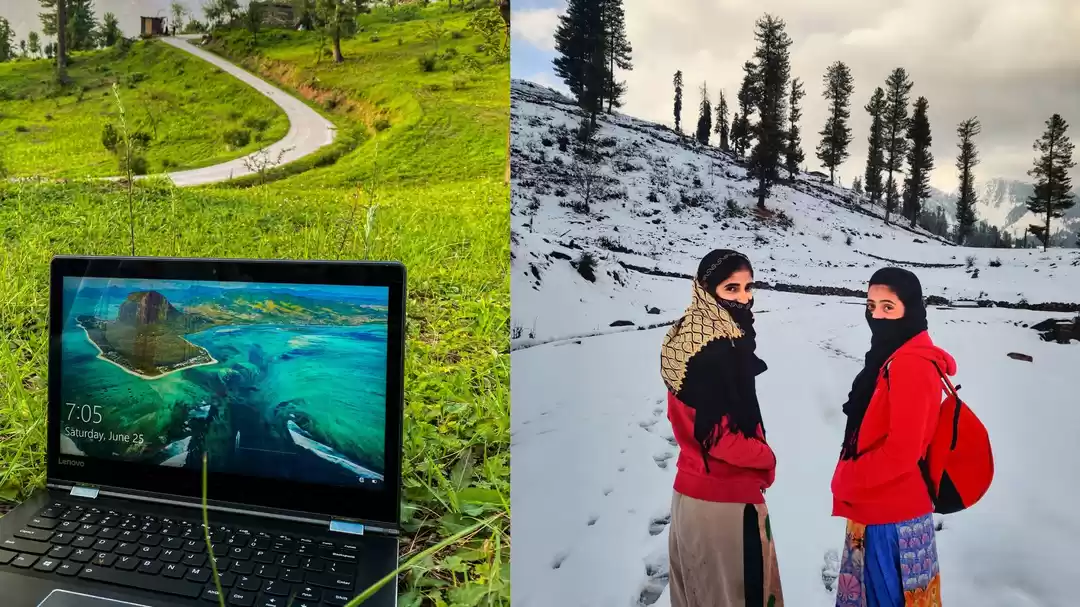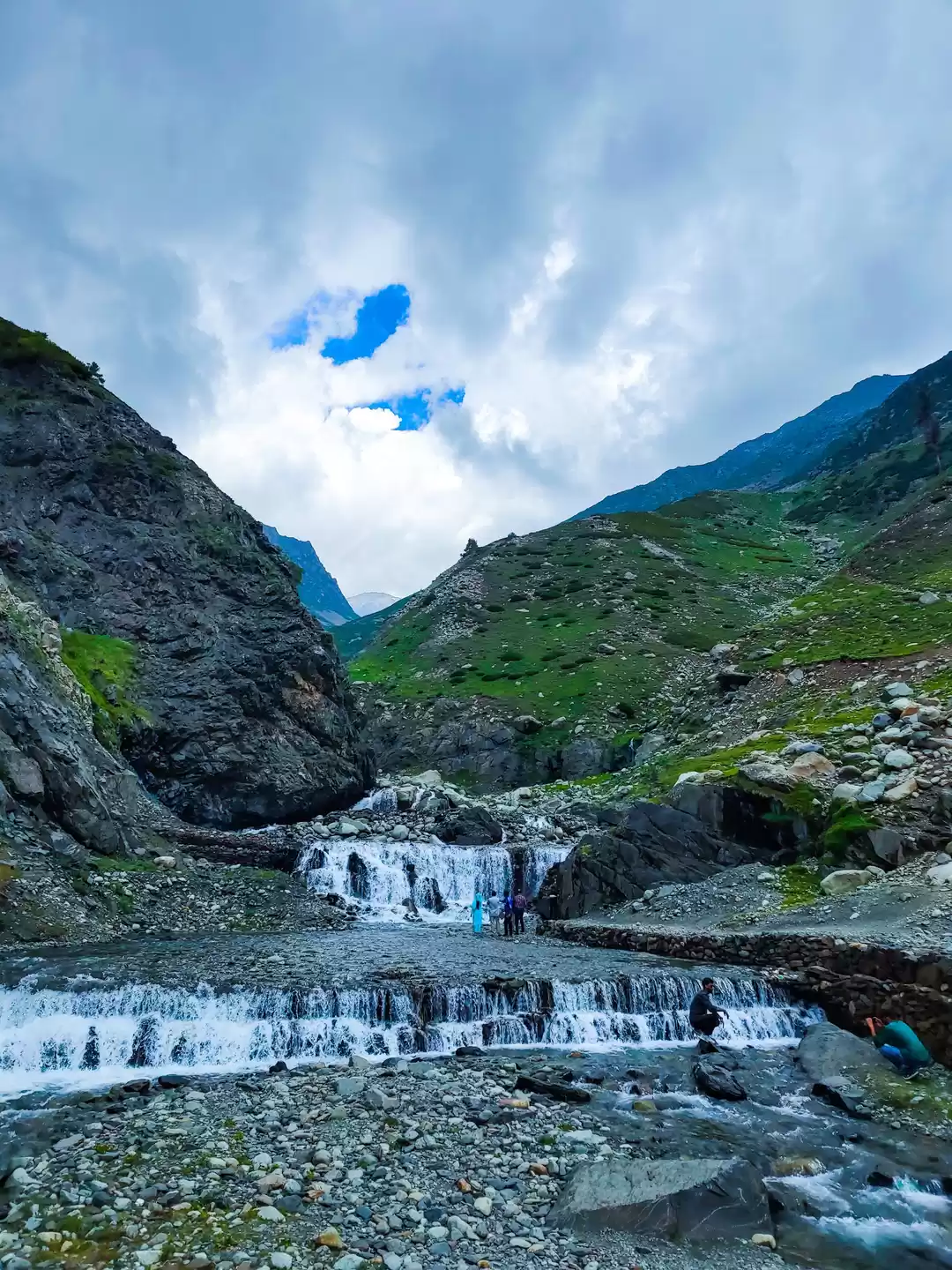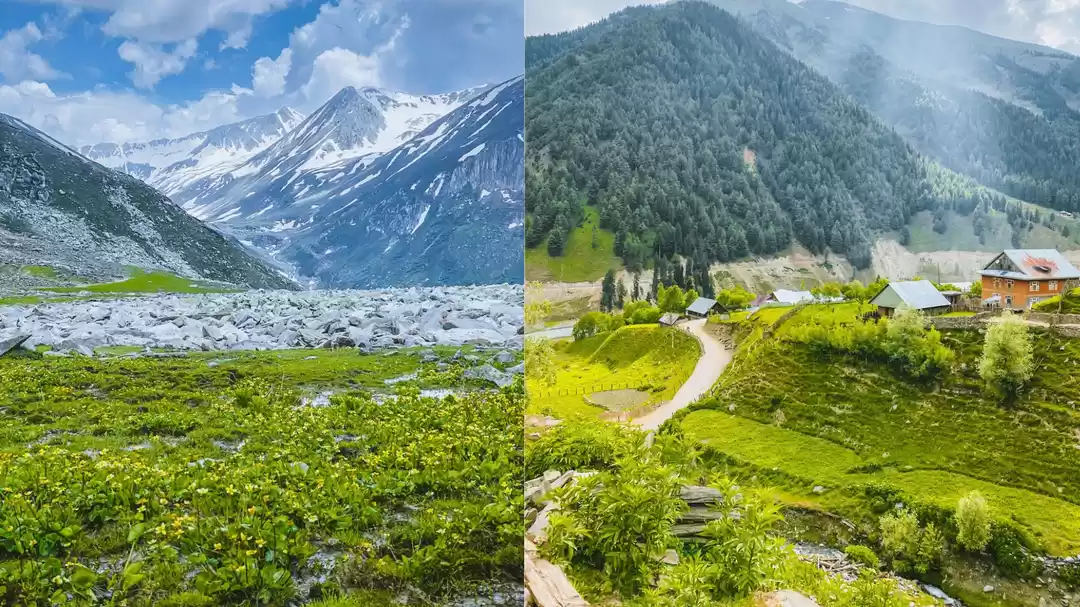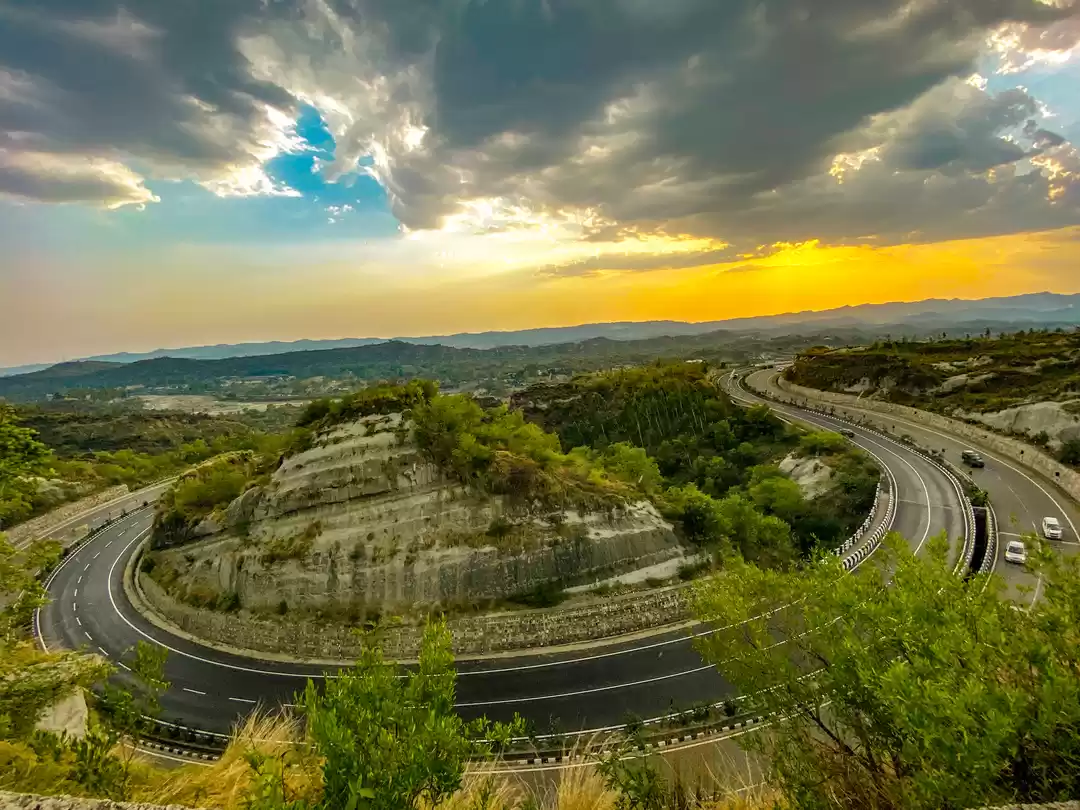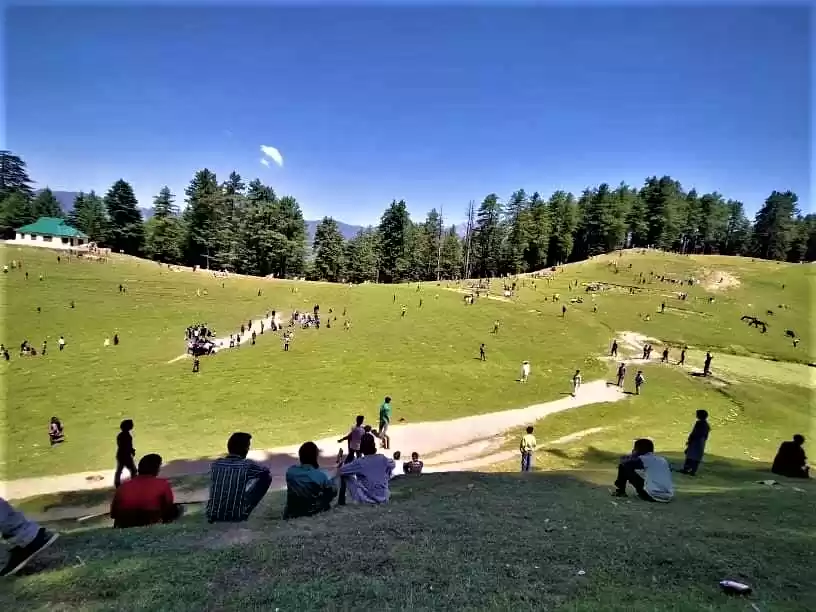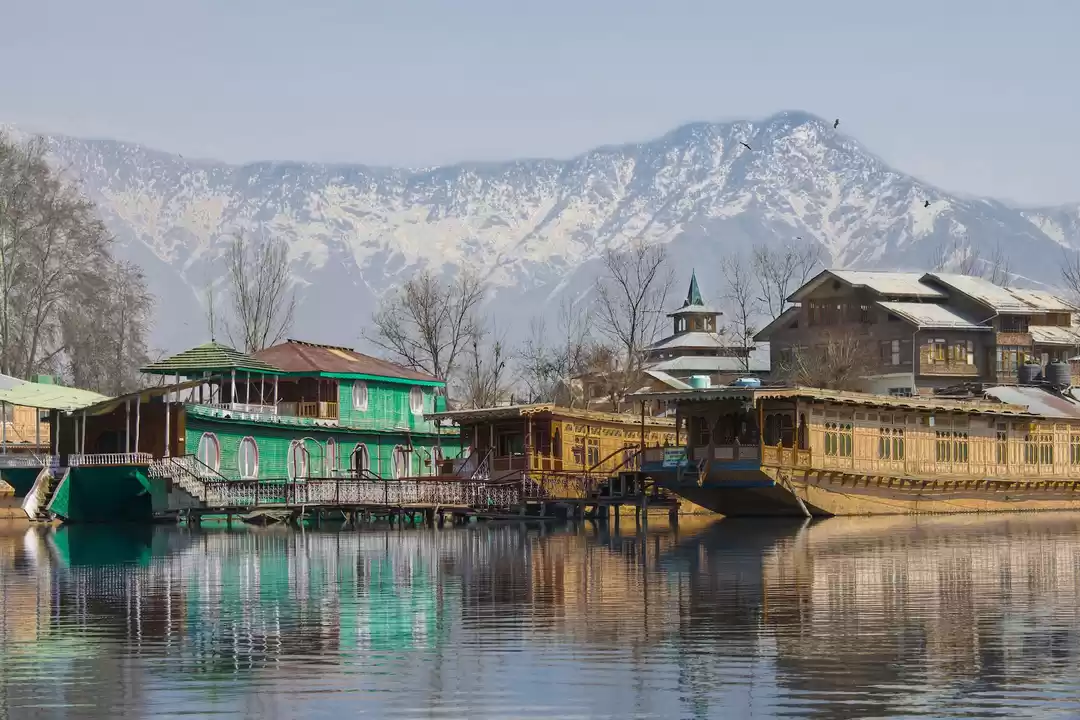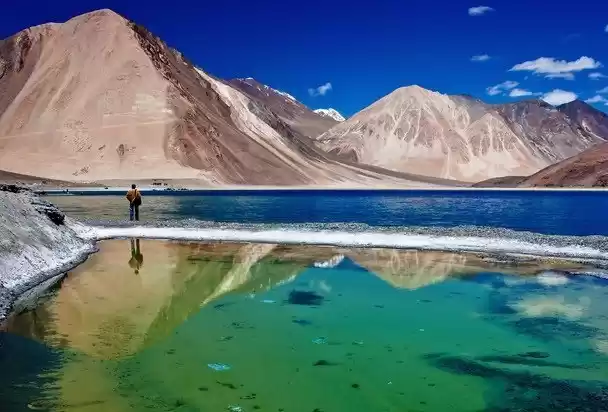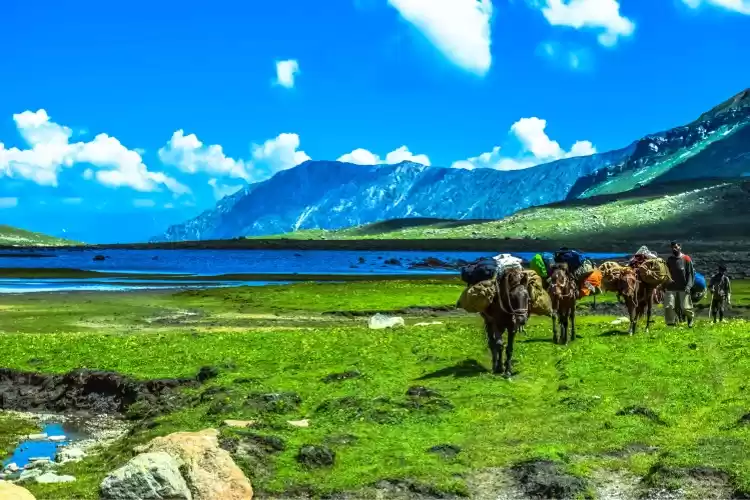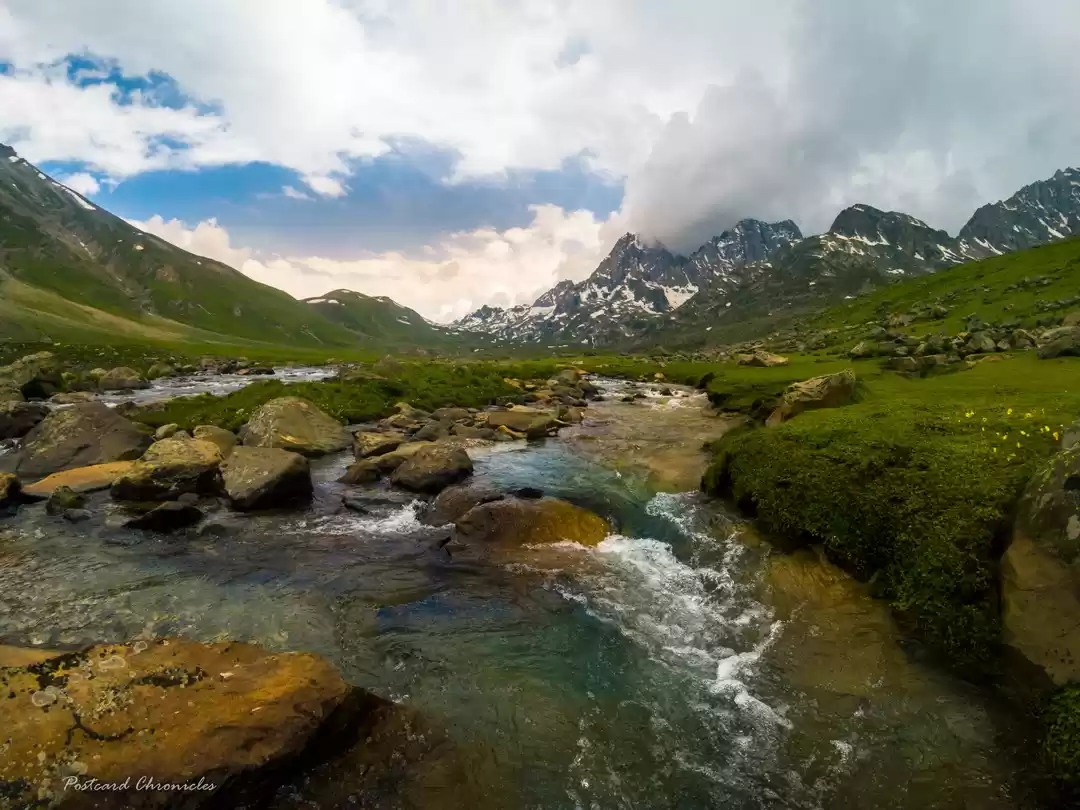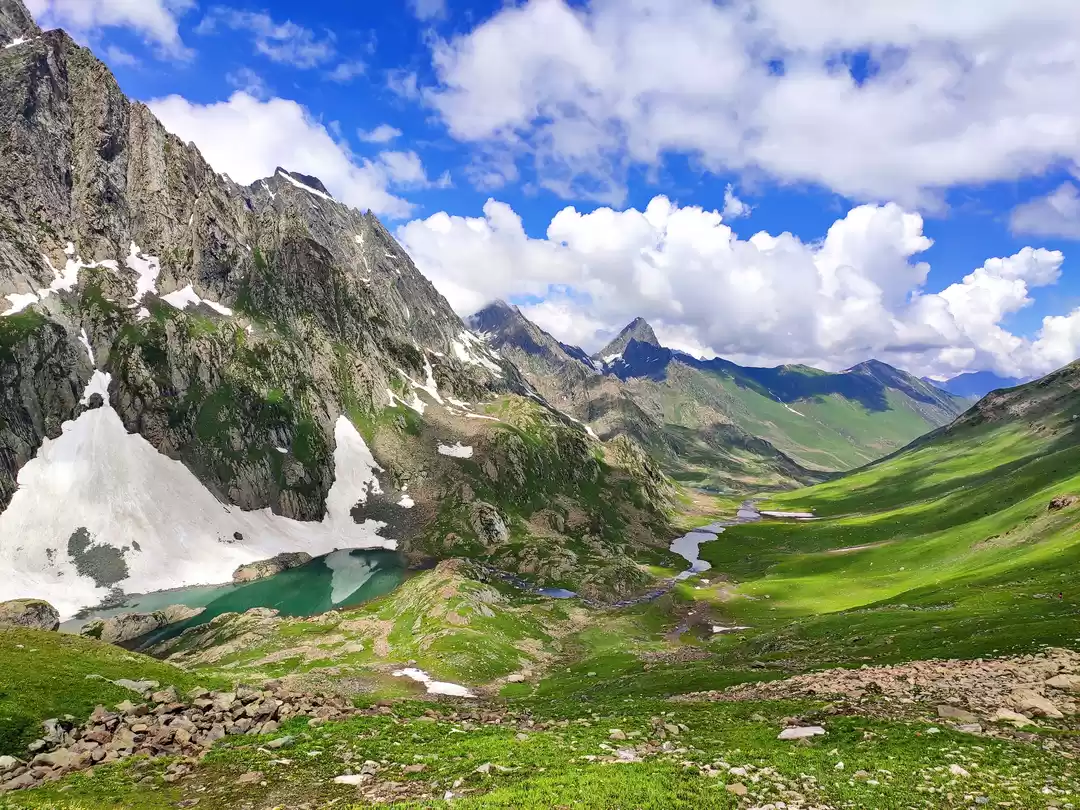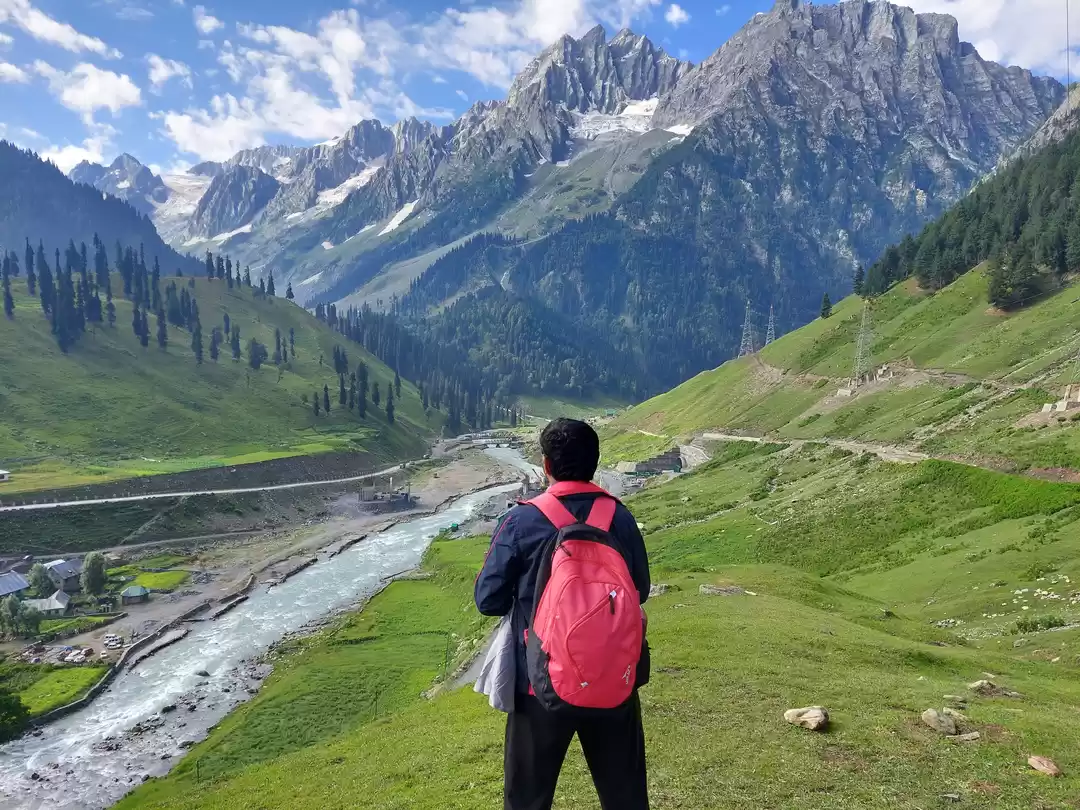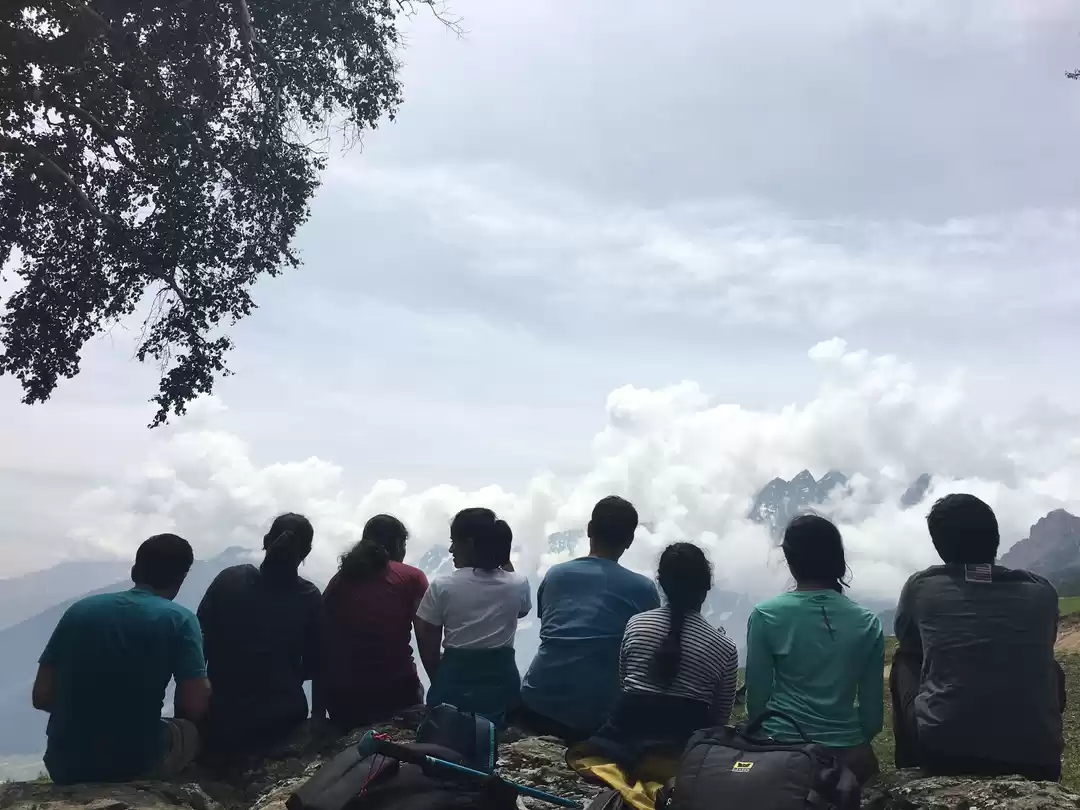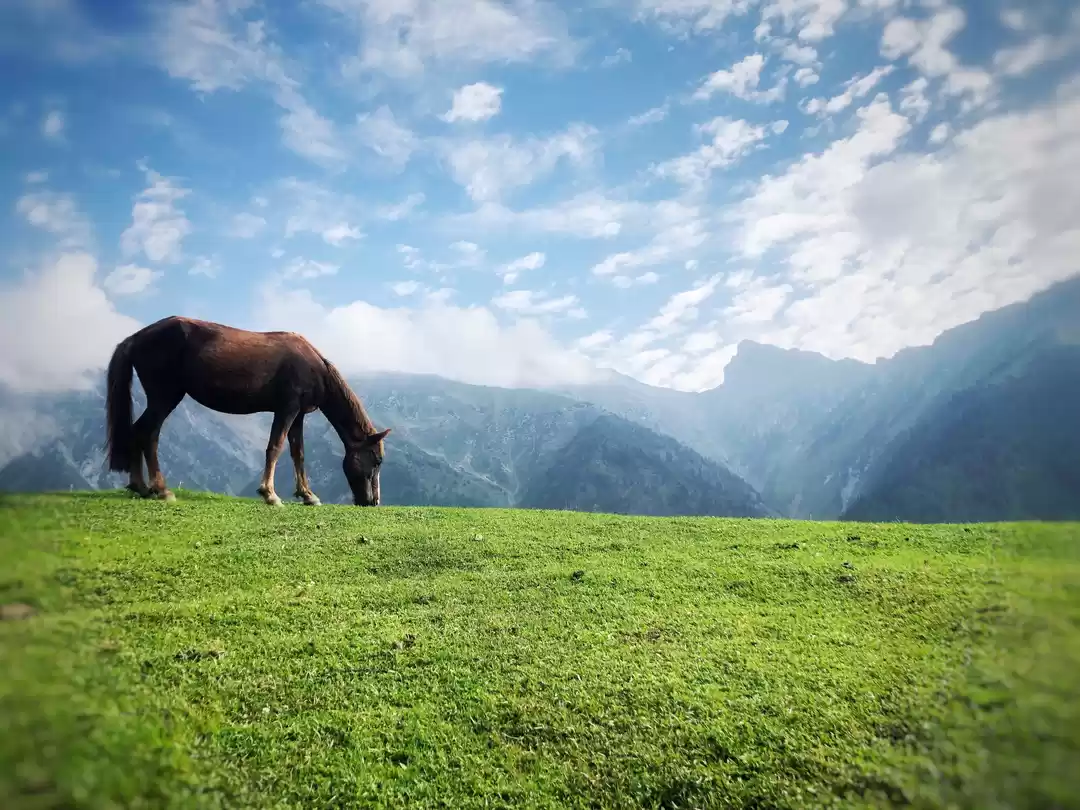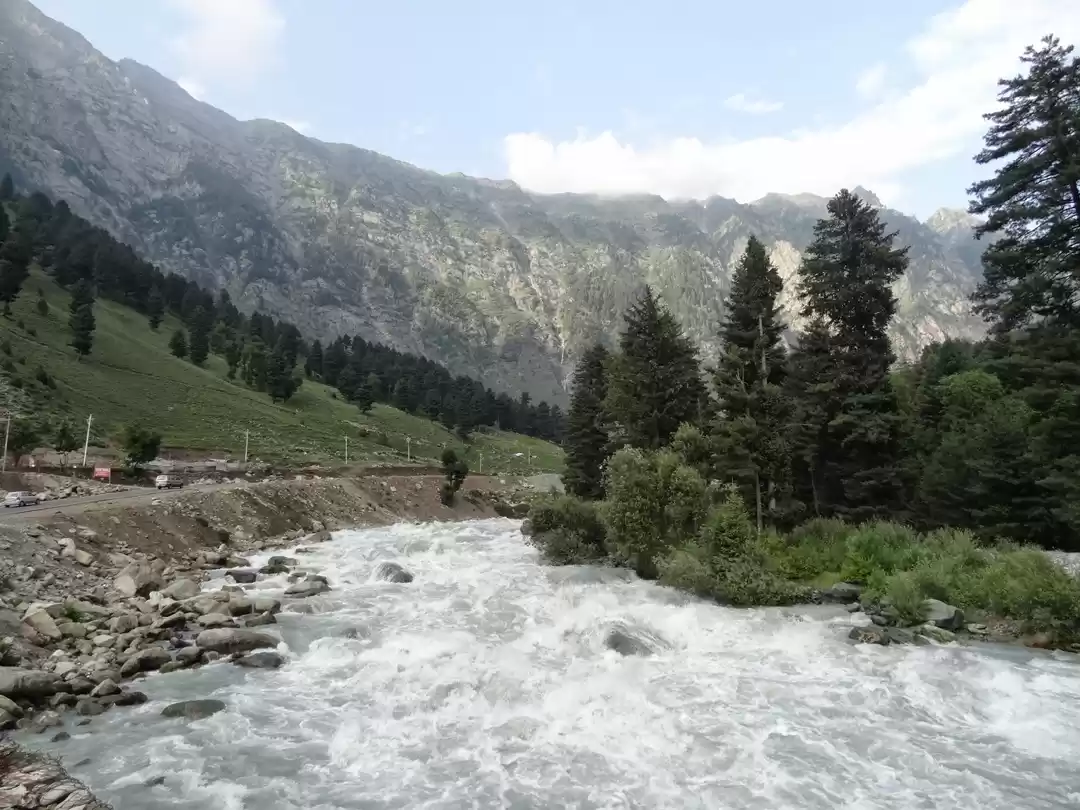Renowned as one of the most picturesque treks in India, this adventure unfolds across a tapestry of vibrant meadows, crystal-clear alpine lakes, and rugged mountain passes. This trek isn’t just a journey—it’s a pilgrimage to the pristine beauty of Kashmir - the heaven on earth. Discover why every step in this high-altitude paradise is a moment to treasure, and prepare to be enthralled by the allure of Kashmir's untouched wilderness.
Here's all you need to know about Kashmir Great Lakes trek
The Kashmir Great Lakes trek is a week-long moderate-to-difficult level trek open only from July to September. During the seven days, the trail takes you through lush green meadows dotted with colourful wildflowers (the scene almost looks photoshopped!), dense forests, clear lakes, steep uphill climbs across three mountain passes and challenging descents through rocky terrain.

These yellow flowers were one amongst the many different kinds of flowers you'll find on the trail. ~Credit: Prateek Rungta
How to Do the Trek
There are a few companies that organise the Great Lakes Kashmir trek, including the popular trekking community, Indiahikes. But after some intense research, my friends and I decided to go with a group called Trek Kashmir, headed by Riyaz Paktoon. The Paktoon family has been organising treks in Kashmir for several decades and after reading some great reviews, we booked with them. They charged us Rs 12,800 per person to cover food, trek guidance, camping equipment, horses to carry our luggage and transport from Srinagar to Sonmarg, from where the trek begins, and from Naranag back to Srinagar on the last day. We would go in groups of 10-15 people, all from different areas nationally and internationally.
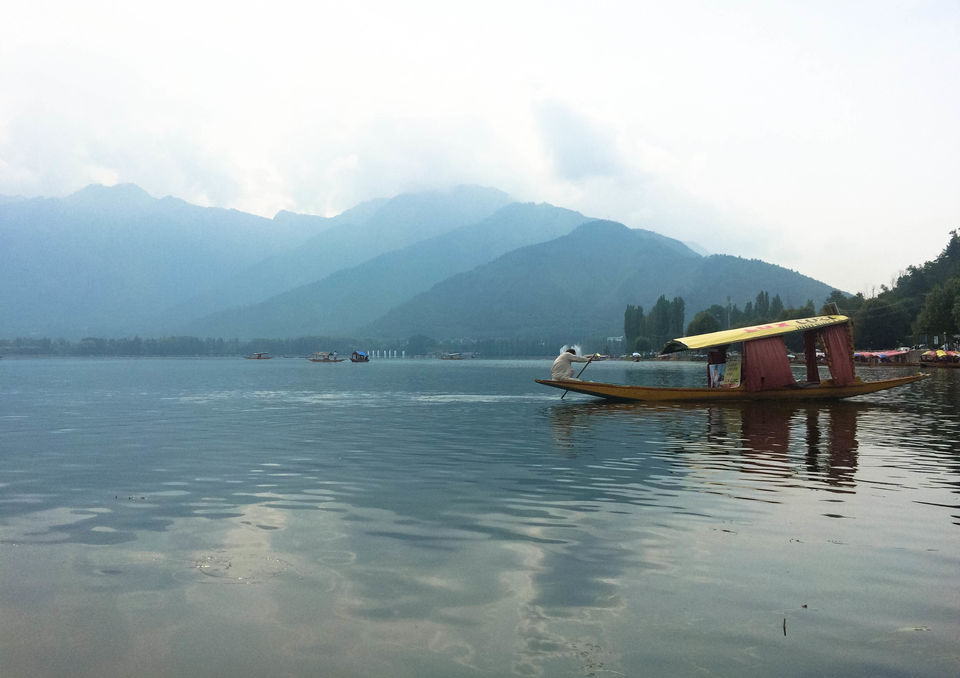
We got a chance to take a shikara ride before we took off to Sonamarg. ~Credit: Himani Khatreja
Best Time to do the Kashmir Great Lakes Trek
The ideal time to experience this high-altitude Eden is from early July to mid-September, when the weather gods smile upon the trekker with clear skies and mild temperatures.
July: A Palette of Alpine Blossoms
Temperature: 15 °C - 20 °C during the day, 2 °C - 8 °C during night
Weather Dynamics: As the rest of India dances to the tunes of the monsoon, Kashmir, nestled in the rainshadow of the Pir Panjal range, enjoys a relatively dry summer.
Trail Talk: The snow from the harsh winter begins to relent, revealing trails that meander through meadows dotted with the season's early wildflowers, a prelude to the full bloom.
Snow and Safety: Patches of snow persist at higher elevations like Nichnai Pass, offering a stunning contrast against the verdant landscape. However, trekkers should be cautious as snow-laden passes can be treacherous and require sound judgement.
Flora's Canvas: The beginning of July witnesses the awakening of the valley with a variety of flowers starting to dot the landscape, setting the stage for a riot of colors that will follow.
Mid-July to Late August: The Zenith of Beauty
Temperature: 15 °C - 20 °C during the day, 4 °C - 8 °C during night
Climatic Conditions: The heart of summer in Kashmir is a gentle affair, with daytime temperatures hovering around a comfortable 15-20°C, while night temperatures dip slightly lower, offering a refreshing respite.
Snow's Retreat: The snow graciously steps back, barring a few stubborn patches in shaded areas, revealing the full grandeur of the trek.
Meadow Hues: The meadows are now a tapestry of green, splashed with a multitude of wildflowers, each week painting a new hue across the valley.
Trekker's Tip: With the possibility of evening showers, it’s advisable to cross higher altitude passes in the morning hours, ensuring a safe and dry arrival at the next campsite.
Late August to Mid-September: Autumn's Prelude
Temperature Transition: As summer wanes, the air turns crisper with daytime temperatures ranging between 14-18°C, and the nights getting colder between 0°C to 6°C, suggesting the approach of autumn.
Changing Vistas: The landscape undergoes a subtle yet spellbinding transformation, with meadows slowly donning an earthier palette, reflecting the changing seasons.
Photographic Delight: The skies, clearer than ever, reflect in the deep blue of the alpine lakes, making locations like Gadsar Pass an exquisite spot for capturing the beauty of Krishansar and Vishnusar lakes in one frame.
The Closing Window: By the second week of September, the weather starts to close in, with chances of snowfall, marking the end of the ideal trekking season as the passes grow more challenging and the meadows prepare for their winter slumber.
What to Pack
The temperatures in the region are unpredictable – some days you’ll have a hot, skin-burning sun for company, others high wind and rain that can chill you to your bones. This is why you should have all types of clothes. I found all that I needed at Decathlon stores and spent close to Rs 15,000 loading up on the necessities. You can save some money by borrowing some stuff from friends, but I’d recommend that you do not cut down on the essentials.
This is what ultimately went into my backpack for the Great Lakes Trek:
A pair of Forclaz 500 hiking boots, 2 pairs of “technical socks” (they provide support to the hindfoot), 2 pairs of regular cotton socks, a rain jacket with a detachable fleece interior, seven light cotton t-shirts, 2 waterproof track pants, one sweater, a sun hat, a trekking pole, a small daypack, a water sipper, a pack of meds, an SPF 30 sunscreen and a moisturiser. The only thing you can avoid are the seven t-shirts – you can replace them with two or three dry-fit t-shirts. Also remember to take along some identity proof. You'll encounter several Army checkposts on the Great Lakes trek.
Fitness Preparation: Training for the Trek
Besides packing the perfect bag, some training and basic fitness will also increase your odds of completing the trek. Since the trail goes across all kinds of terrains, stretching exercises, endurance training, climbing up and down the stairs and half and hour of running every day should prepare you well.
Endurance training: To manage long walks, include cardio exercises such as running or cycling in your routine.
Strength training: Focus on leg muscles and core strength through exercises like squats and planks.
Altitude training: If possible, train on hills or high-altitude areas to acclimatize your body.
I, however, did none of these things. I am also generally very unfit and I still completed the trek, albeit while wailing and bawling. Train for a happier journey.
Altitude Information: Acclimatizing to the Heights
The trek reaches its highest point at 13,715 feet. It's essential to understand how to acclimatize properly:
Ascend gradually: Don't increase your sleeping altitude by more than 1,500 feet per day.
Hydrate: Drink plenty of water to prevent altitude sickness.
Diamox: Consult with a physician about taking Diamox to aid acclimatization.
Detailed Itinerary: A Day-wise Chronicle of the Kashmir Great Lakes Trek
The trip begins a day after you land in Srinagar. The guide will pick you up from the airport (or from another convenient spot) and drive you to a quiet patch of grass near a stream in Sonamarg. You will camp here for the night.
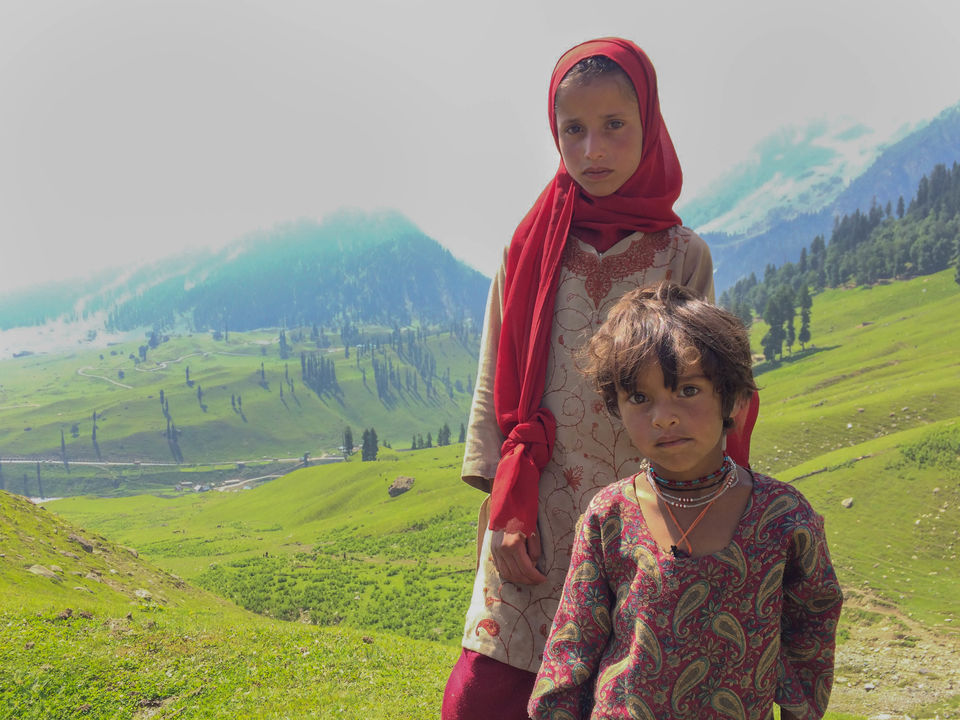
I met these girls in Sonamarg. They promised that if I would look inside my bag, I would definitely find toffees for them. ~Credit: Himani Khatreja
Day 1 of the trek starts from Sonamarg and goes to Nichnai – a total distance of 9km (though, it will feel like a lot more). The beginning is a very steep climb that goes on for 3 hours and then a 1 hour moderate climb, followed by a 3-4 hour (depending on your speed and fitness) ascent to Nichnai. Camp will be set up here at 11,500 feet.
Day 2 is when you get to see the first Kashmir lake – Vishnusar, at 12,700 feet. And also the day you get to enjoy fresh trout from this lake. The trail on this day crosses the Nichnai Pass and is very different from the previous day. You’ll walk for around 6-7 hours, during which you will ascend and descend and cover vast meadows before finally making camp at a plain area, a hill away from Vishnusar Lake. Camping next to the lake is forbidden.
Day 3 is tough, though that’s not what the guides will have you believe. Not that the other days are easy, but on this particular day, the trail teases you and plays with your head like never before. That’s how I felt at least as I reached camp after 8 hours of walking. It starts the same way – up to a pass, the Gadsar Pass, at 13,750 feet, and then down again into fresh, beautiful meadows. You also spot the twin lakes of Vishnusar and Kishansar together. But as much as the beauty awakens your senses, the walk tires and numbs you. They don’t call it the endless meadows for nothing.

Krishansar Lake. Isn't it impossible to look away? ~Credit: Himani Khatreja
Day 4 is a breeze compared to the others. There is only four hours of walking from the Gadsar to the Satsar Lakes. Around 20 minutes before Satsar, you’ll have to check in at an Army camp. They’ll look at your IDs, jot down some details and move you along. Camp, as usual, is made next to a water source.
Day 5 is one of the most exciting days of the Kashmir Great Lakes trek. Not only do you get a gorgeous sighting of the Gangabal and Nandkol twin lakes, but you finally also camp near a lake. You will walk 9 km in around 6 hours to reach Nandkol Lake. The highest point you’ll trek up to will be Zach Pass at a height of 13,500 feet.
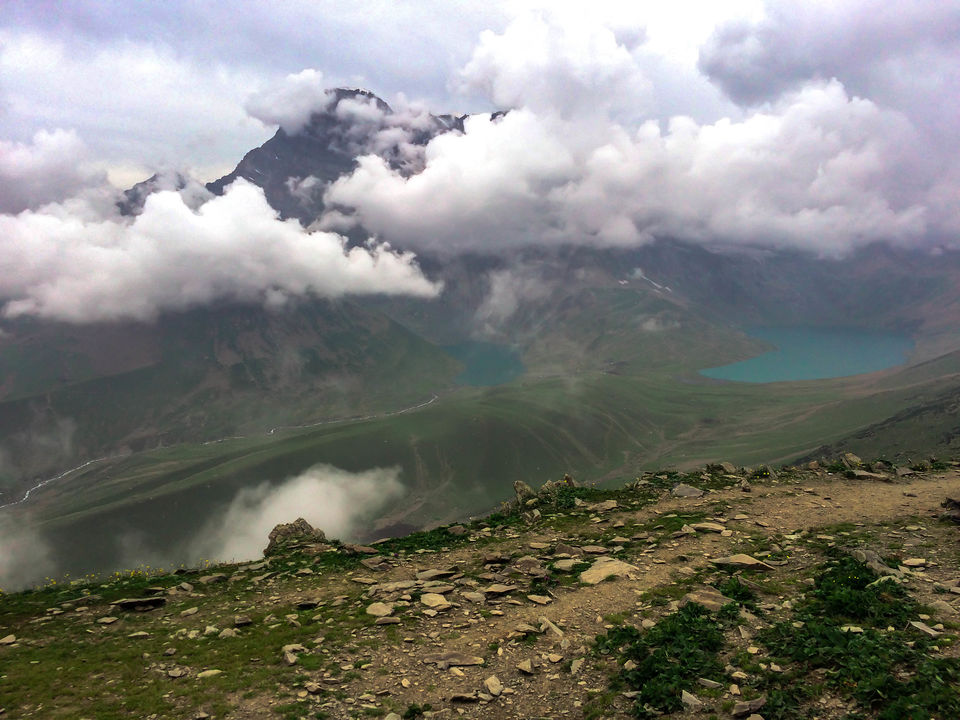
The Nandkol and Gangabal (on the right) Lakes together. ~Credit: Himani Khatreja
The sixth and final day is mostly descent. And a long, knee-hurting descent. You start with crossing some hillocks and later get on to a trail in a beautiful pine forest. After walking for around 3 hours, you’ll come to a point where the downward rocky path will begin. This part of the trek will be full of big and small rocks and slippery sand that will make the walk exhausting. But when you finally reach the end, the sense of achievement at having completed the trek will make the pain worth it. You will have reached Naranag today after walking 11 km and Srinagar is a 3 hour car ride away.
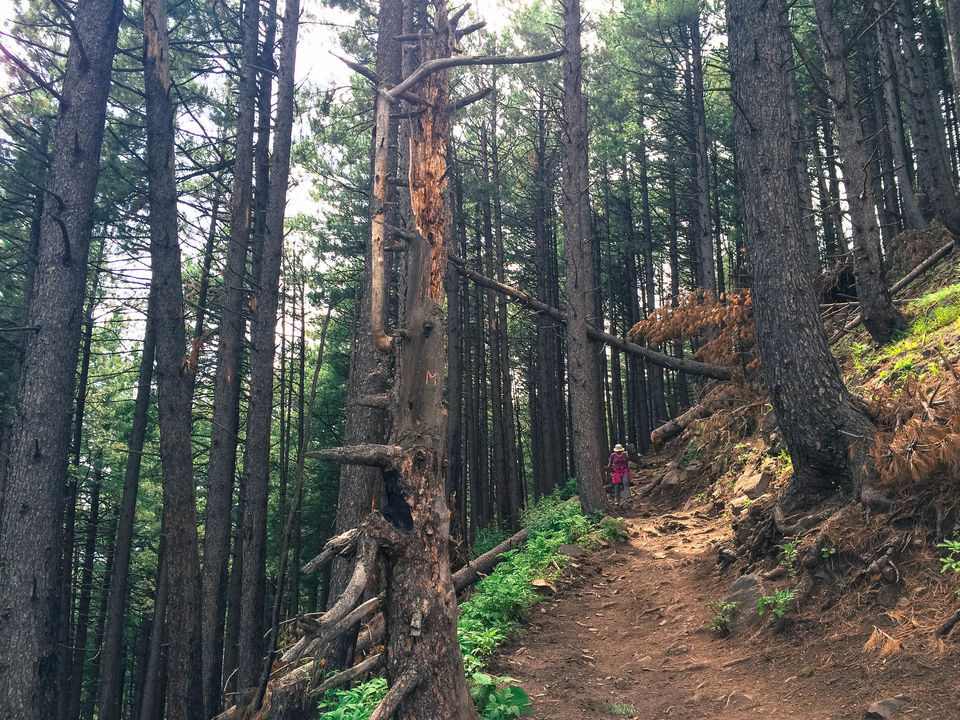
The very scenic trail in the pine forest. ~Credit: Prateek Rungta
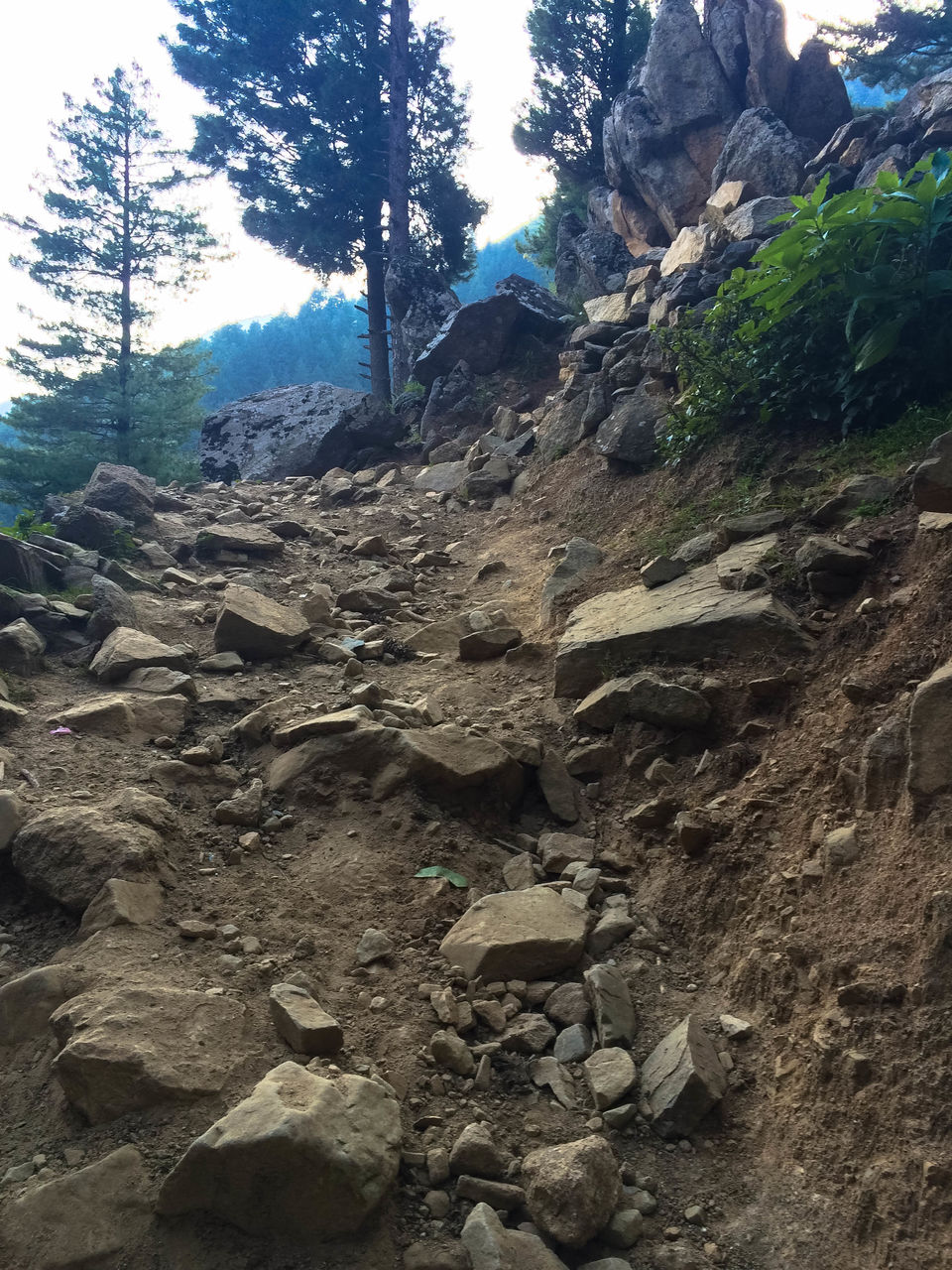
The dreadful descent, full of godforsaken rocks. I lost hope of ever crossing this stretch without losing my legs. ~Credit: Prateek Rungta
Do remember to look up at night to witness the Milky Way. If you’re lucky, the sky will remain clear on all the seven nights. If that happens, you will also be greeted by shooting stars every few minutes.
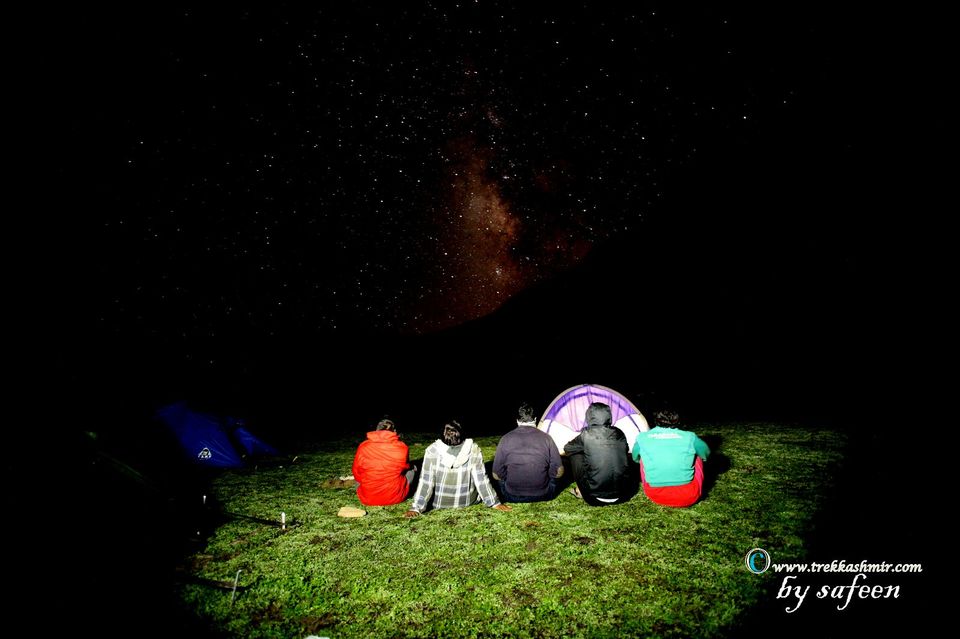
Spend your nights looking at the millions of stars and the sensational Milky Way. ~Credit: Mohd. Safeen Pakhtoon
**************
In A Nutshell
The Great Lakes of Kashmir trek
Route: Starts in Sonamarg and ends at Naranag
Best time to go: Only open from July to September
Duration: 7 days, but if you want a rest day, then 8 days
Cost per person: Rs 12,800 for the trek, around Rs 7,000 airfare from Delhi to Srinagar. Total = Rs 20,000
**************
Frequently thought of/ asked questions
1. Is it safe in Kashmir?
I didn't encounter anything to make me feel unsafe. In fact, I felt quite alright to go out alone at night, in the pitch dark.
2. Will I get mobile connectivity on the trek?
Only for a brief patch on the 2nd day of the trek, at the Nichnai Pass. You can make your last calls in Srinagar, that too, if you have a postpaid BSNL or Airtel connection.
3. What kind of toiletries do I bring?
The minimal kind, because you won’t be taking a bath at all on the trek. Unless you’re brave (silly?) enough to jump into a freezing lake. So get face wash, detergent and two rolls of toilet paper.
4. How will I walk with all my luggage?
You won’t. Every morning you will leave everything except your day pack at the camp. The trek crew will tie your stuff on to horses and bring it to next camp site. Relax!
5. What about food and water?
The crew carries food supplies with them from Srinagar – this includes tea, eggs, rice, atta, vegetables, packaged soups and even, err, livestock. So, expect some fresh and delicious meals everyday. Water is even fresher, because you get a running supply from the streams that you camp near.
6. Is a rest day really needed?
The company I booked with didn’t provide one. As much as I was worried about it in the beginning, we all did pretty okay without a rest day. Maybe because the fourth day is a very short and easy journey and provides a break.
7. What if I can’t go on anymore and feel like I’m dying?
There is always an extra horse for emergencies. If you need a break or feel like you can’t walk anymore, hop on for some rest. If you suffer from extreme altitude sickness, however, it’s best to go back.
Have you experienced Kashmir Great Lakes trek? Let us know in the comments below
Disclaimer: All this information is a direct result of my personal experience on the trek. Some things may differ for you, if you book the trek with another agency.

